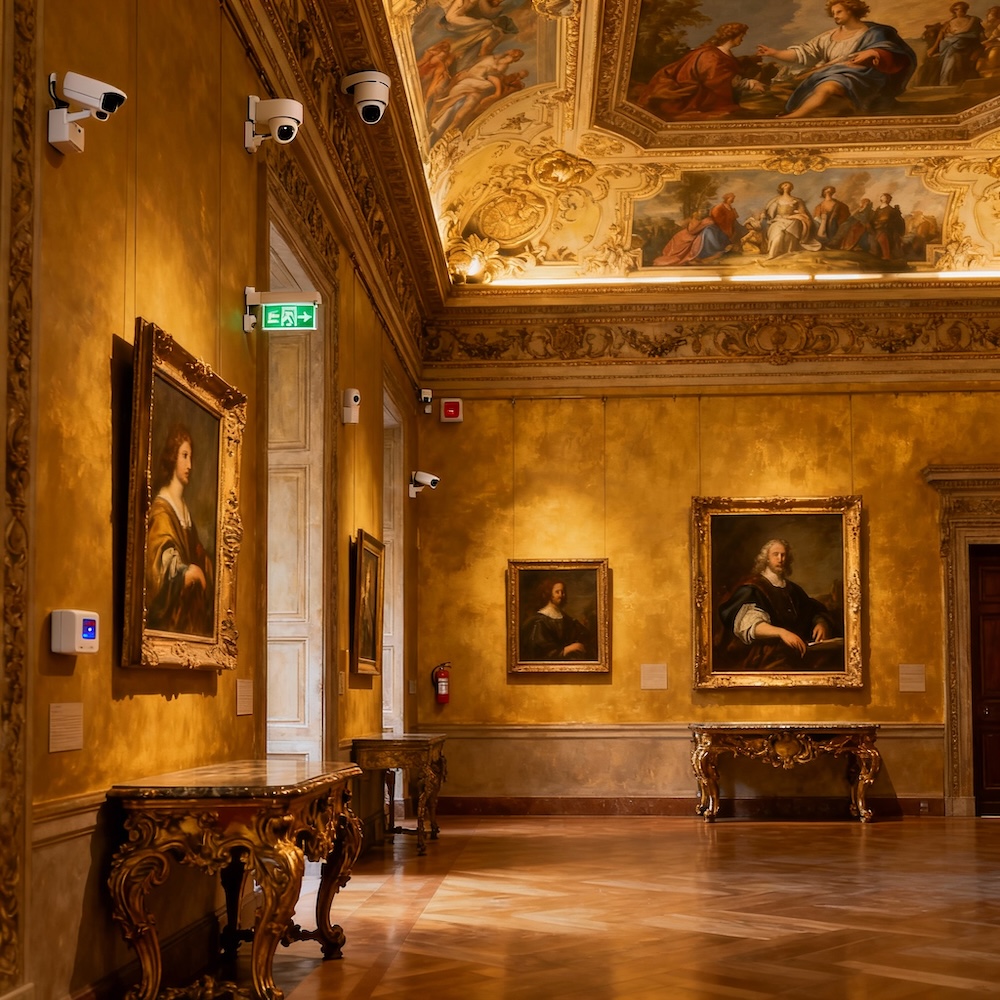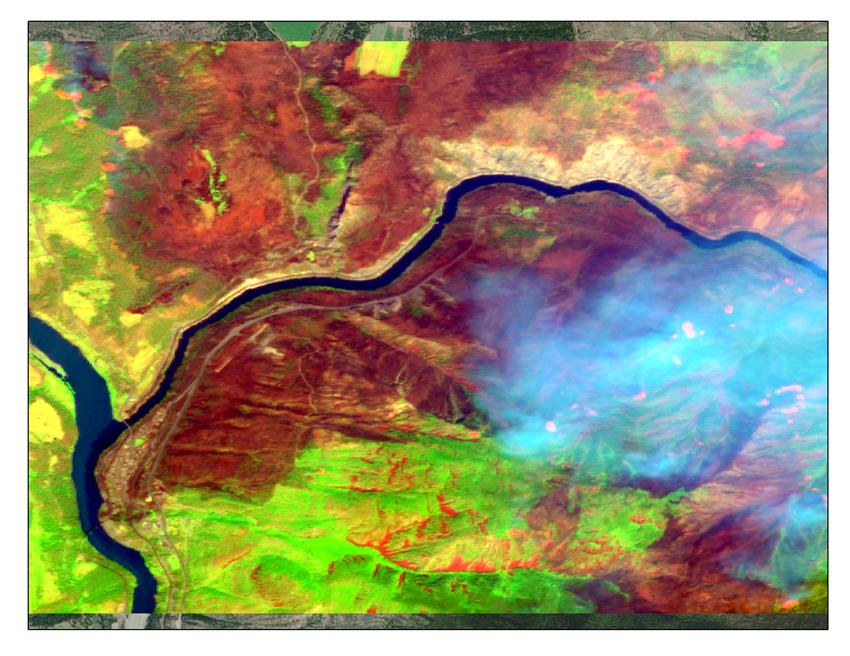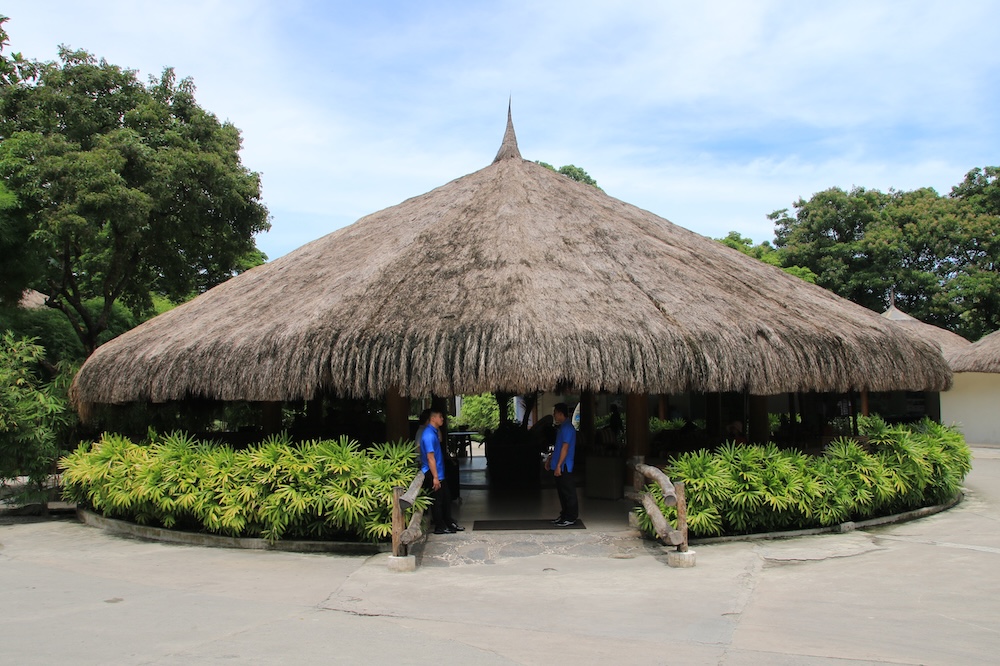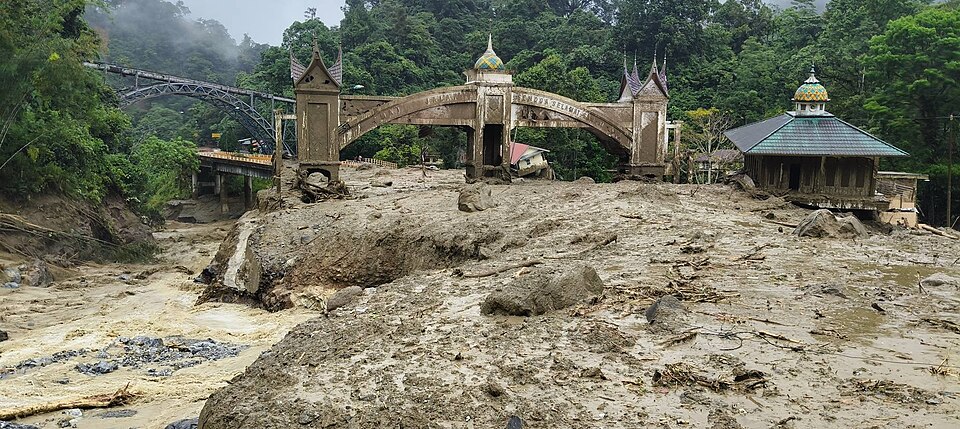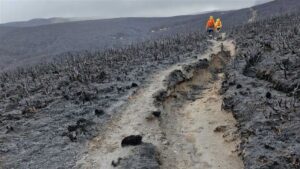What if Smart Technologies had been implemented at the National Museum of Brazil or Notre Dame?
Both fires demonstrate the significance of seconds. Had IoT-based systems and AI-powered detection been installed, several critical issues could have been prevented.
This post initiates a series of considerations regarding the opportunities and risks associated with adopting and utilising intelligent technologies within historic and heritage buildings.
The pervasive development of intelligent technologies is pivotal in the majority of pertinent building safety and security assessments and cannot be disregarded in the context of heritage protection.
In subsequent posts, we will delve into specific analyses examining opportunities and risks inherent in adopting such technology within buildings that are not digitally oriented and familiar.
The catastrophic fires at Brazil’s National Museum in 2018 and the Notre Dame Cathedral in 2019 represent heartbreaking losses—millions of artefacts, irreplaceable archives, and centuries of cultural history.
Both incidents highlight vulnerabilities common to heritage sites worldwide and offer clear, actionable paths where smart technologies—IoT, AI, and sensor networks—could have dramatically changed the outcome.
What went wrong?
- At the Brazil National Museum, fire broke out due to an electrical fault. There was no sprinkler system. Smoke detectors and extinguishers were insufficient and hydrants failed due to water pressure issues, compounded by underfunded maintenance.
- At Notre Dame, a roof fire smoldered unnoticed for precious minutes. Delayed, manual confirmation and fire brigade notification allowed the blaze to spread. Flawed alarm procedures, slow response, and lack of automated suppression were multiple points of failure.
How smart technologies could have changed the story
We acknowledge that not all systems will furnish the precise response we require, particularly in emergency circumstances. Nevertheless, in an ideal scenario, more than one system should be capable of providing the answer we are anticipating:
- Early Detection with IoT Sensors. Wireless, interconnected sensors monitoring heat, smoke, and electrical faults would have immediately flagged abnormal activity in both sites. In the museum, AI-driven pattern recognition might have identified electrical overheating long before visible flames, sending alerts for pre-emptive action—even overcoming limits of human inspections at night or when the site was closed.
- Automated, Reliable Alerts. In Notre Dame, confusion over alarm signals delayed notification to firefighting teams. Smart systems could have bypassed ambiguity—AI algorithms can verify events, minimize false alarms, and automatically alert fire services, enabling a response within moments instead of half an hour.
- Remote Monitoring and Response. Heritage staff and emergency responders could receive instant, detailed status updates via smartphone, enabling targeted evacuation of artefacts and shutting down vulnerable electrical systems.
- Predictive Maintenance and Fault Prevention. Smart sensors could continually track the state of wiring, alarms, and critical infrastructure—identifying risky aging components and scheduling repairs before failure. This is crucial for heritage sites prone to deferred maintenance.
- Minimally Intrusive Protection. IoT devices and wireless sensors can be installed discreetly, respecting architectural and conservation needs, critical for buildings where visual and physical impact must be minimized.
If smart technology had been present
Both fires show that seconds matter. Had IoT-based systems and AI-powered detection been installed:
- Alerts would have triggered before flames could spread, whether by sensing unusual electrical load (Brazil) or smoke/heat escalation (Notre Dame).
- Emergency crews would have arrived earlier, potentially saving roofs, collections, and unique heritage features.
- Water supply/pressure issues or staff confusion would have been mitigated with real-time diagnostics and contingency notifications, coordinated across all response teams.
- Post-fire restoration could benefit from pre-event data logging, including temperature, humidity, and movement records, streamlining damage assessment and recovery efforts (as demonstrated by HBIM initiatives in Brazilian museum restoration).
In the following posts, we’ll explore the opportunities and limitations of application-specific smart technologies for cultural heritage buildings.
